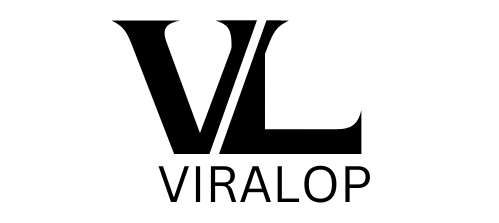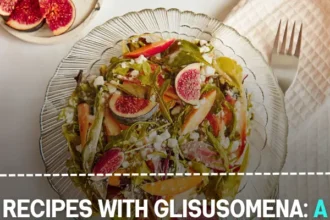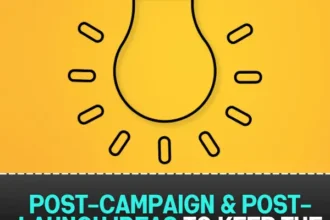Viral Loop Meaning:
A viral loop is a repeatable growth cycle where your users invite others, who then invite others, creating organic, compounding growth from inside your product.
Let’s cut through the buzzwords: If you’ve ever invited a friend to an app and got a reward when they joined—and they did the same with their friends—you’ve experienced a viral loop in real time.
But what exactly is a viral loop, and why do smart marketers and founders obsess over it?
Let’s break it down in simple English.
🤔 So, What Does “Viral Loop” Actually Mean?

A viral loop is a self-repeating user growth cycle where your existing users bring in new users, who then repeat the same behavior, creating exponential growth.
Think of it like this:
- A user signs up for your product
- That user is encouraged to invite others (via share links, rewards, referrals, etc.)
- New users sign up from those invites
- Those new users then invite more people
- And the loop keeps going…
Instead of YOU doing all the marketing, your users become your distribution engine.
📚 In Simple Terms:
A viral loop is when your product helps grow itself—automatically and continuously—through the behavior of your users.
🧠 Why It’s Called a “Loop”?

Because it forms a circular feedback loop:
- One user leads to another user,
- Who leads to another,
- Who leads to another…
And so on.
It’s not a one-time share. It’s a system designed to feed itself.
💡 Real-World Example: Dropbox
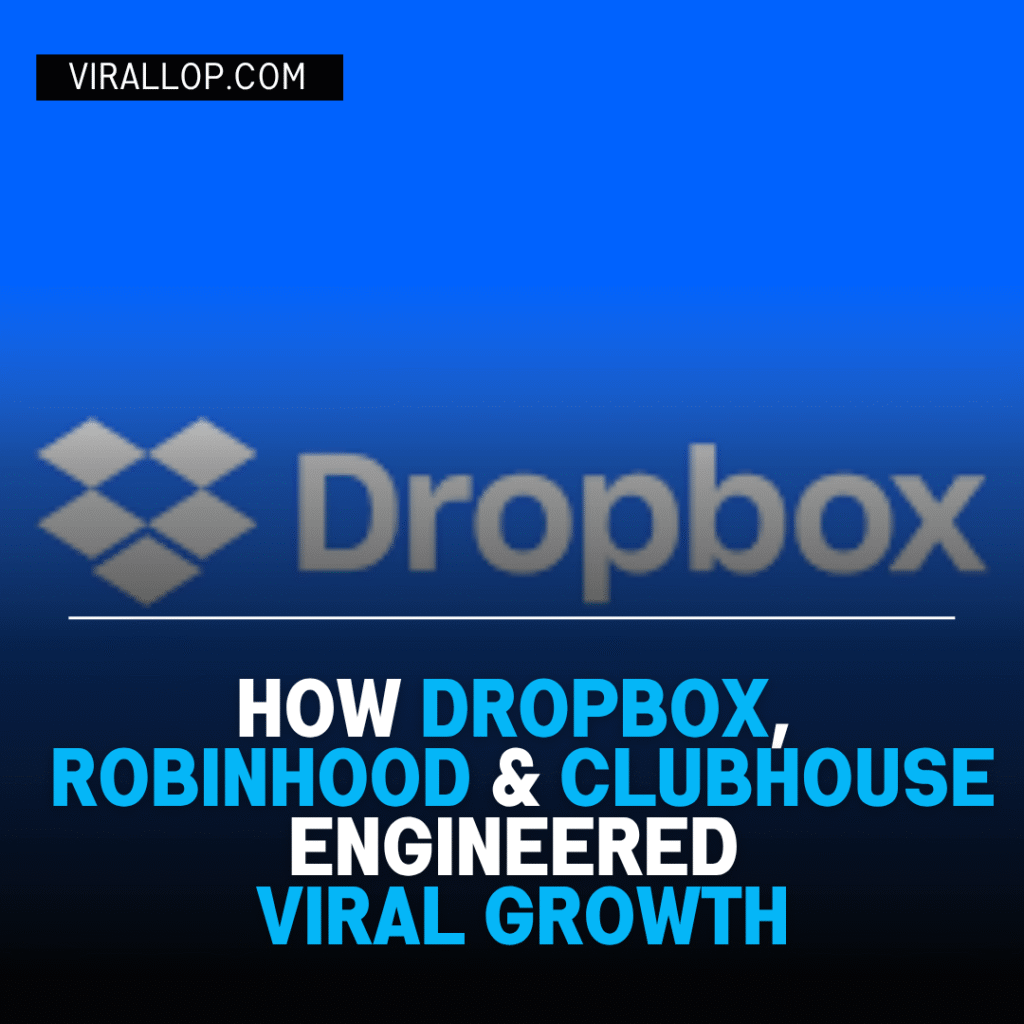
Dropbox nailed the viral loop in its early days:
- Invite a friend, and both of you get extra storage space.
- People loved the value and kept referring others.
- Dropbox’s user base exploded—without huge ad spend.
That’s the power of a viral loop: a user acquisition flywheel that keeps spinning.
🧮 What Is the Viral Coefficient?
You can measure how effective your viral loop is using something called the viral coefficient (K-Factor).
🧮 Viral Coefficient = (Number of invites per user) × (Conversion rate of those invites)
If your viral coefficient is greater than 1, your product is growing virally.
If it’s less than 1, it’s not a true viral loop—it’s just a referral feature.
🛠️ Components of a Viral Loop

Here’s what you need to create a working viral loop:
1. Trigger Point (User Action)
This is the moment a user is encouraged to share or invite.
➡ Example: After making a purchase, unlocking a reward, or completing a level in an app.
2. Incentive (Motivation to Share)
Give users a reason to refer others.
➡ Example: Discounts, credits, upgrades, early access.
3. Sharing Mechanism
Make it easy to share—referral links, invite buttons, QR codes.
➡ Use email, SMS, WhatsApp, or even deep links in mobile apps.
4. Seamless Onboarding for New Users
New users must quickly experience value so they also start sharing.
➡ Remove friction from signup and show benefits fast.
💬 Other Famous Viral Loop Examples
- Uber: Invite a friend and both get ride credit
- TikTok: Users share videos across other platforms, pulling in new users
- Calendly: Sharing your booking link introduces others to the platform
- PayPal: Paid people cash to refer their friends in the early days
Each of these has one thing in common: the product experience naturally leads to more users.
🧩 Viral Loop vs. Referral Program — What’s the Difference?
| Viral Loop | Referral Program |
|---|---|
| Built into the product flow | Usually separate from core product |
| Self-perpetuating growth | Manual or reward-based triggers |
| Focuses on network effect | Focuses on reward-driven action |
| Often has exponential potential | Usually linear in scale |
Think of viral loops as organic engines. Referral programs are often fuel boosts.
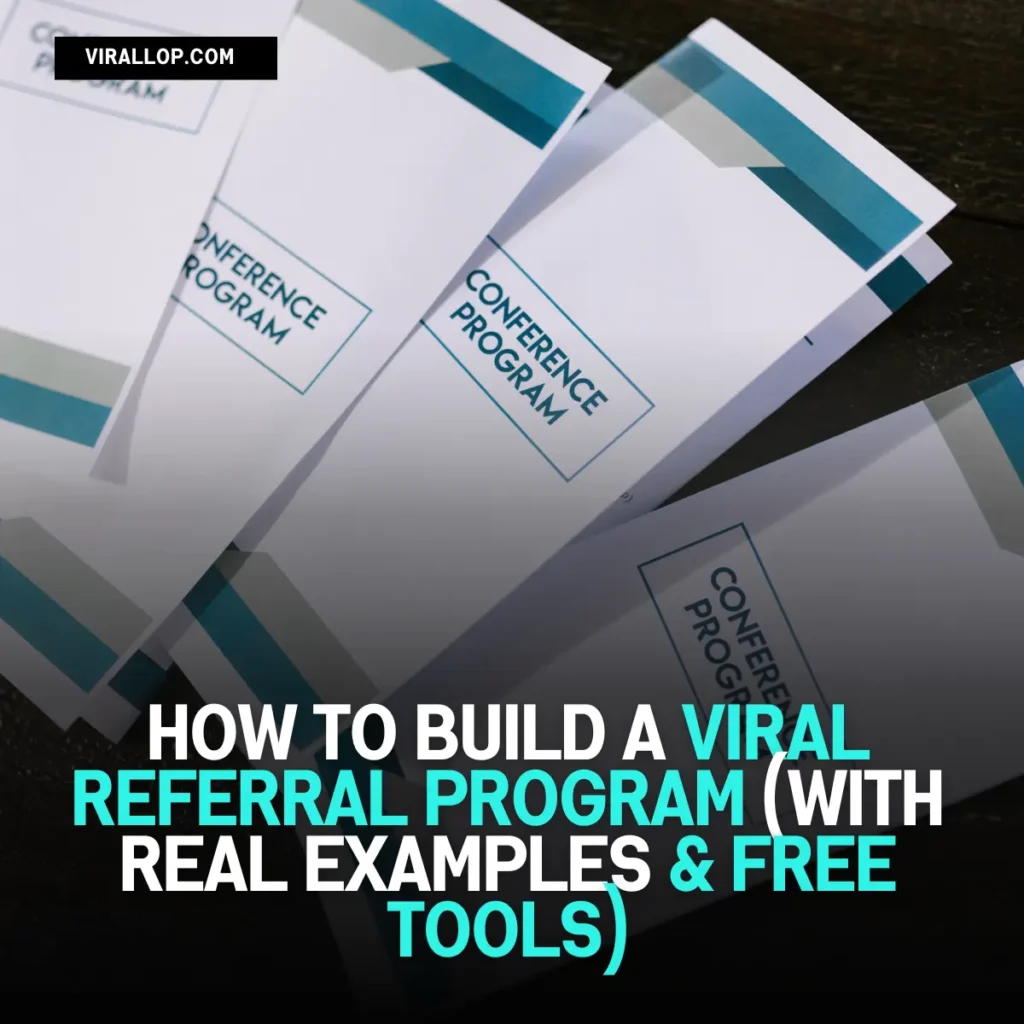
🚀 How to Build a Viral Loop Into Your Business

No matter what kind of business you’re in—SaaS, eCommerce, mobile app, coaching, or service—you can integrate viral loop mechanics.
Here’s a simple blueprint:
- Offer shareable value (e.g. free trial, bonus, unique experience)
- Embed sharing inside the product journey
- Reward both sender and receiver (double-sided incentives)
- Track results with referral tools or custom analytics
- Optimize messaging, timing, and UX to reduce friction
Tools like ReferralCandy, PostAffiliatePro, Branch.io, or Firebase can help you manage the loop at scale.
📣 Final Thoughts: Viral Loops Aren’t Just for Big Brands
You don’t need a billion-dollar app to create a viral loop. Even a small business can use viral mechanics to grow:
- A newsletter that rewards shares
- An online course that unlocks content for referrals
- A Shopify store that gives discounts for bringing friends
The trick is to bake growth into your product, not bolt it on as an afterthought.
